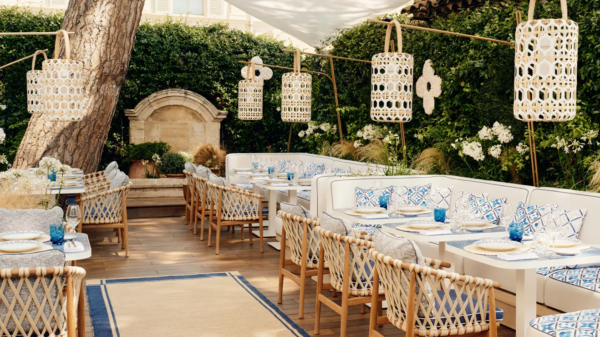The Historical Roots of Tennis Whites
The tradition of wearing white in tennis has deep historical roots, dating back to the sport’s emergence as a pastime among the British aristocracy in the late 19th century. During this period, tennis was predominantly played by the upper class, who sought to maintain an image of elegance and sophistication. The choice of white attire was a reflection of these values, as white was associated with cleanliness, purity, and high social status. It was a color that projected an image of refinement, distinguishing tennis from other, more rugged sports.
The adoption of all-white clothing was also influenced by practical considerations. In the era before modern fabrics and laundering techniques, white garments were effective at hiding sweat stains, which were considered unsightly and improper in polite society. This practical benefit reinforced the preference for white attire among early tennis players, aligning with the era’s stringent social norms regarding appearance and behavior.
As tennis gained popularity, the tradition of wearing white was further solidified by prominent players and prestigious tournaments. Iconic figures such as Suzanne Lenglen and Bill Tilden, who dominated the sport in the early 20th century, often donned white outfits, setting a standard for future generations. The Wimbledon Championships, one of the most esteemed tournaments in tennis, also played a crucial role in perpetuating this tradition. Established in 1877, Wimbledon has consistently enforced a strict all-white dress code, reinforcing the association between tennis and white attire.
Over time, the white dress code in tennis became an enduring symbol of the sport, representing its historic roots and the values of elegance and propriety that defined its early years. Despite changes in fashion and athletic wear, the tradition of tennis whites remains a distinctive and cherished aspect of the game, celebrated by players and fans alike.
Modern Adherence and Controversies
The all-white dress code in tennis, particularly upheld at Wimbledon, remains one of the sport’s most enduring traditions. Despite the evolution of tennis attire in other tournaments, Wimbledon has steadfastly maintained its sartorial standards, emphasizing the exclusivity and historic significance of the event. The tournament’s dress code is not just a guideline but a rigorously enforced rule, ensuring that players adhere strictly to an all-white ensemble. Recent years have seen an even stricter interpretation of these rules, with the elimination of minor colorful accents that were previously tolerated.
A prominent example of Wimbledon’s stringent enforcement occurred in 2013 when tennis legend Roger Federer was asked to change his orange-soled sneakers, which were deemed a violation of the all-white dress code. This incident underscored the lengths to which Wimbledon goes to preserve its tradition, sometimes sparking debate among players and fans. The incident also highlighted the tournament’s commitment to its unique identity, setting it apart from other Grand Slam events.
The perspectives on Wimbledon’s dress code are varied. Proponents argue that the all-white attire adds to the tournament’s prestigious and timeless appeal, creating a visual uniformity that symbolizes purity and tradition. From a fashion standpoint, it also allows for a distinct and recognizable aesthetic that is synonymous with Wimbledon. Critics, however, view the dress code as anachronistic, suggesting that it stifles personal expression and fails to reflect the diverse and dynamic nature of modern tennis. The enforcement of such stringent rules can sometimes overshadow the athletic achievements on the court, drawing attention away from the sport itself.
Players have voiced mixed opinions on the dress code. While some respect and appreciate the tradition, others feel constrained by the lack of freedom to incorporate personal style into their matchday attire. Fans, too, are divided; some enjoy the continuity and classic feel of the all-white look, while others call for a more relaxed approach that embraces contemporary fashion trends.
Wimbledon’s influence on tennis fashion extends beyond the court, affecting trends in sportswear and casual clothing. The tournament’s dress code has inspired a range of all-white collections from various brands, reflecting the enduring impact of this tradition. Whether seen as a relic of the past or a cherished custom, the all-white dress code remains a defining feature of Wimbledon, contributing to its unique charm and global recognition.




































